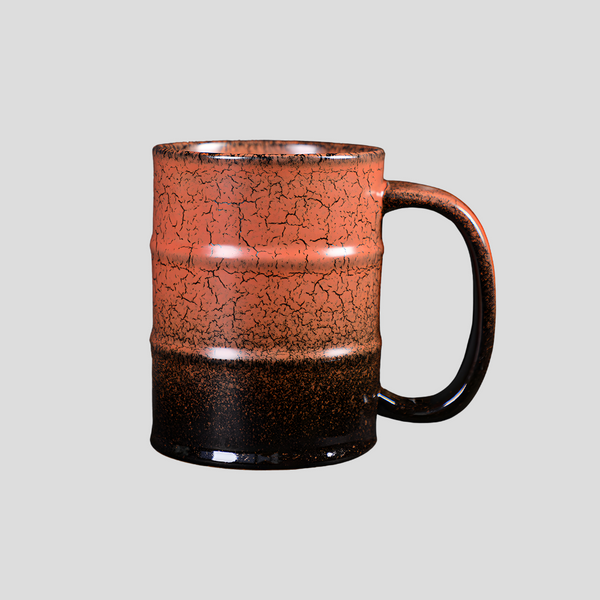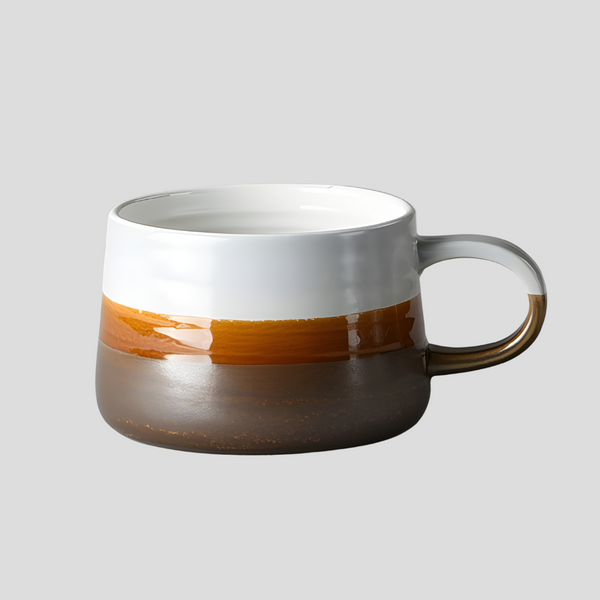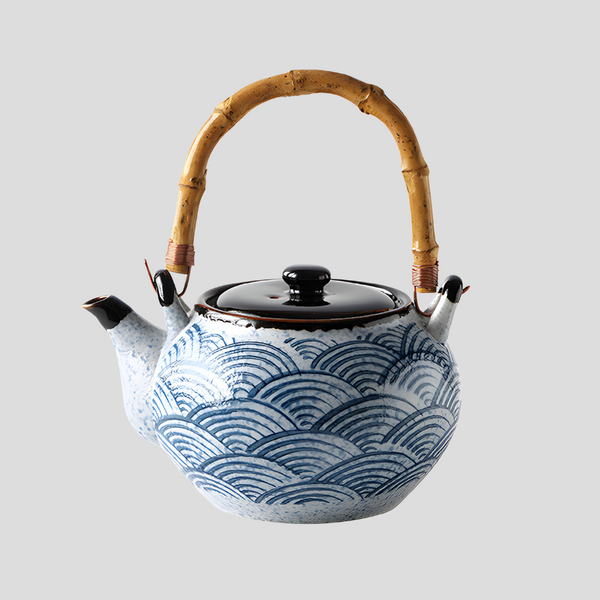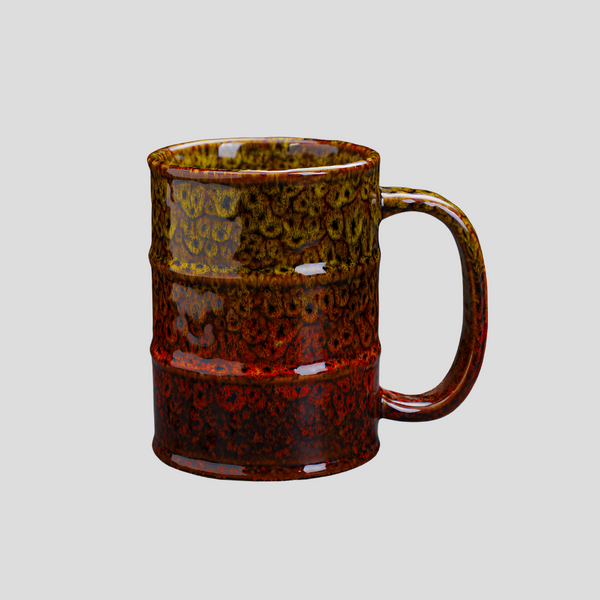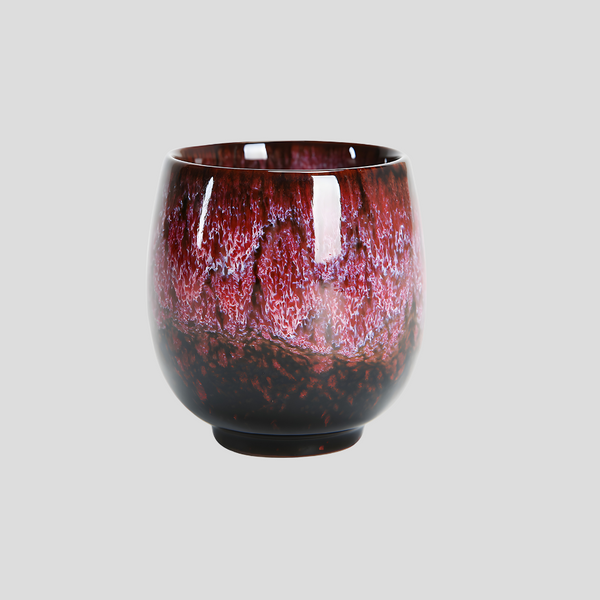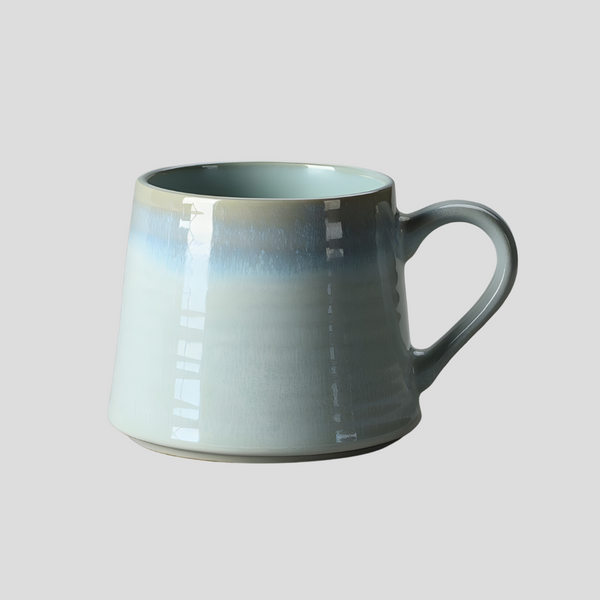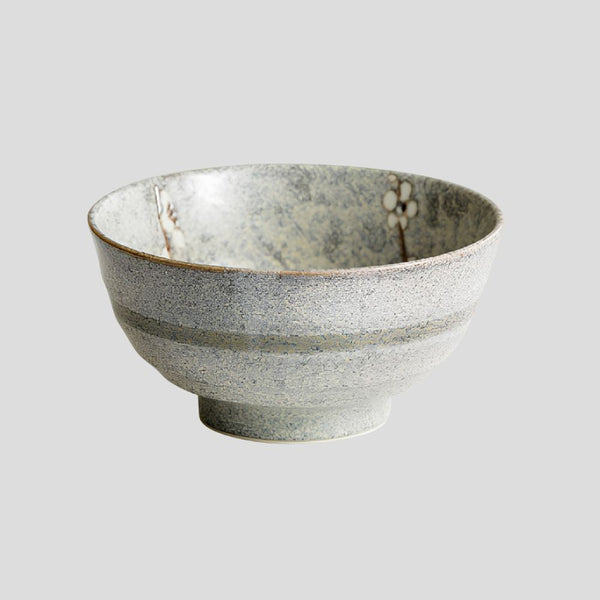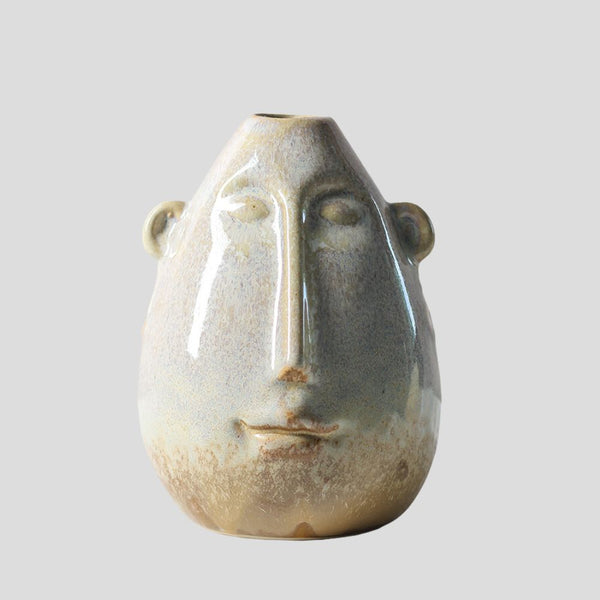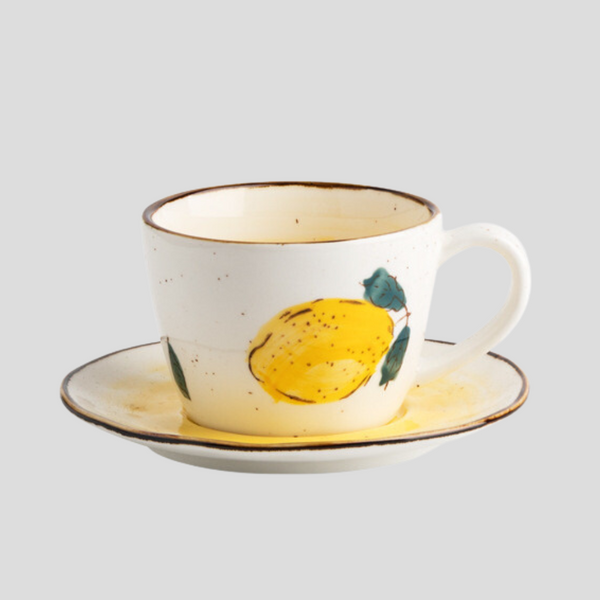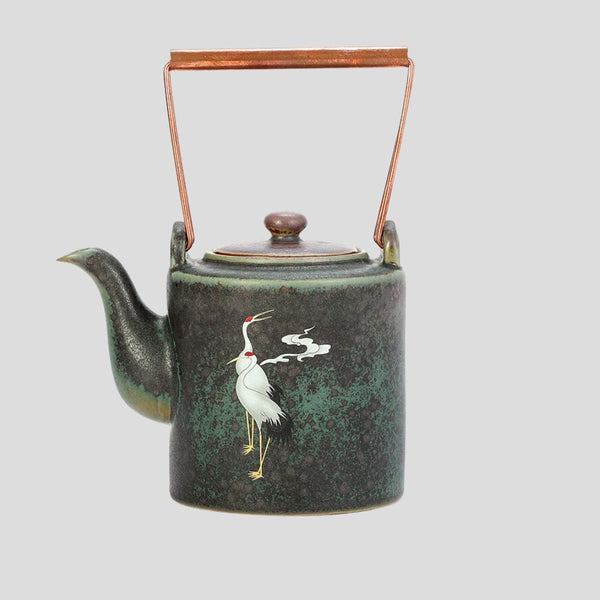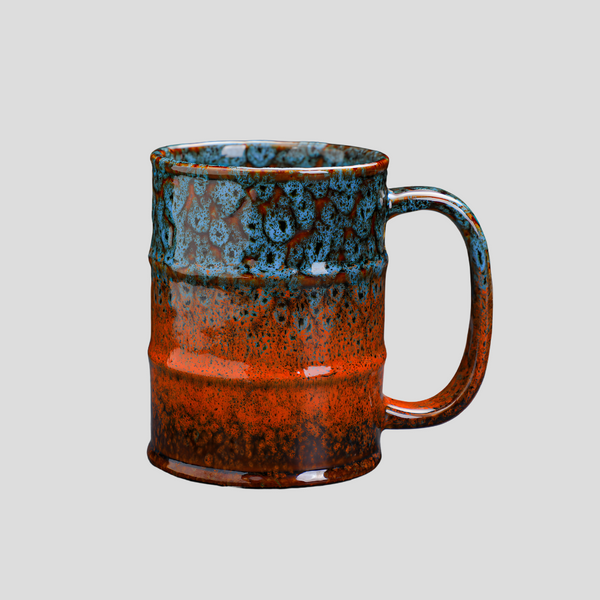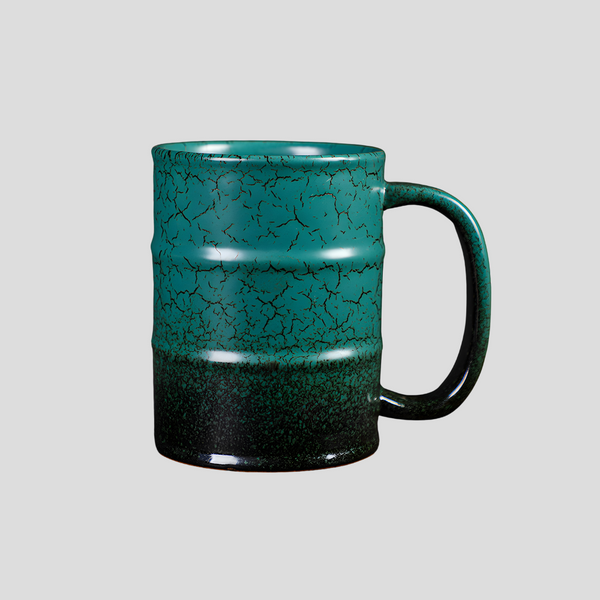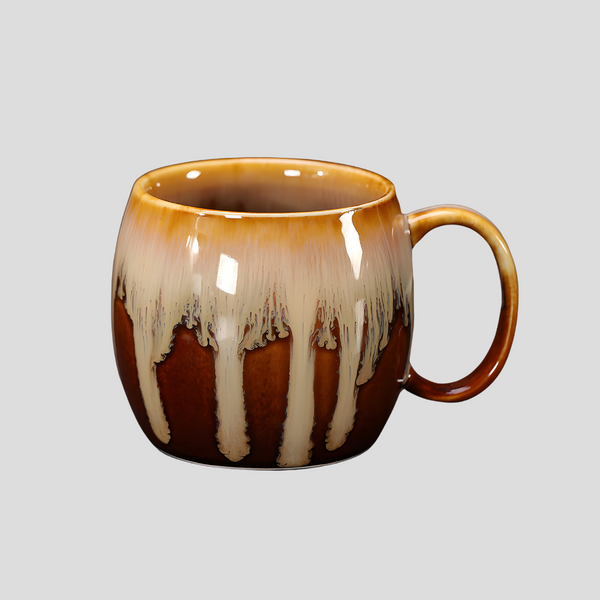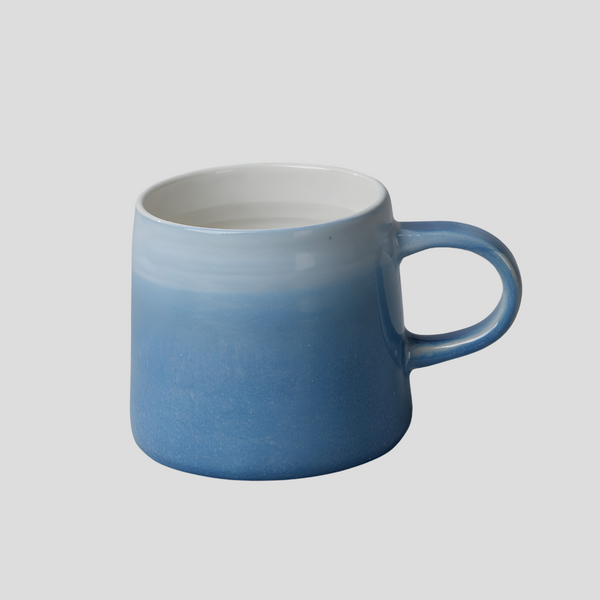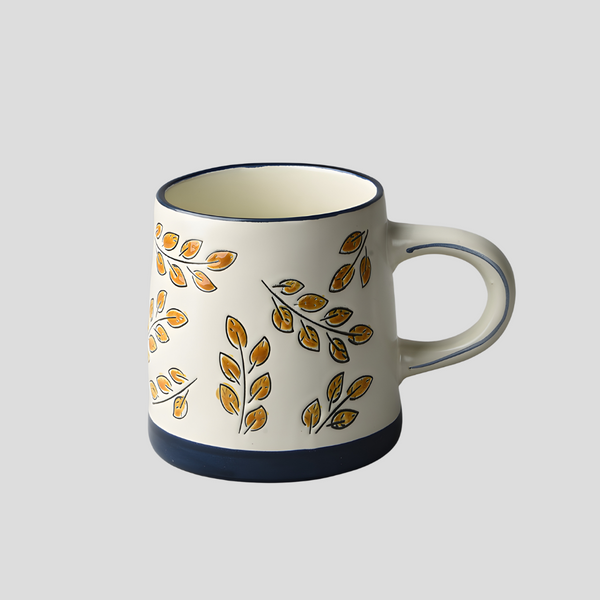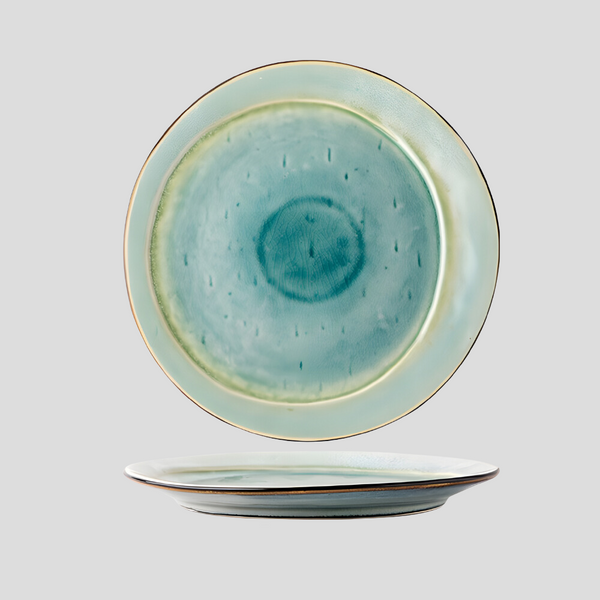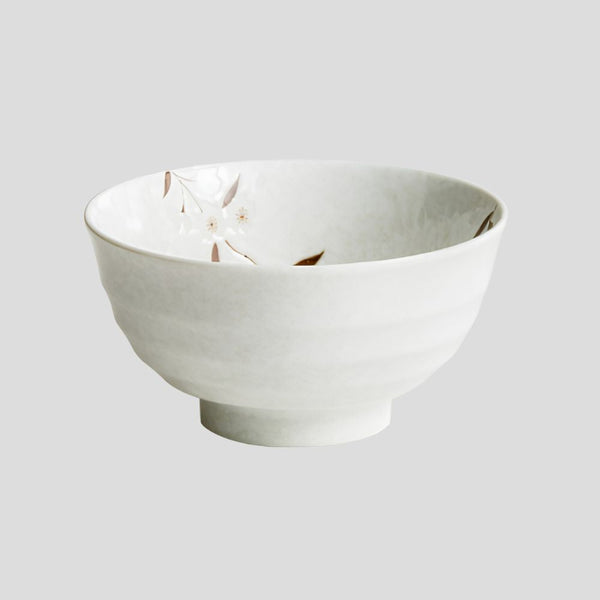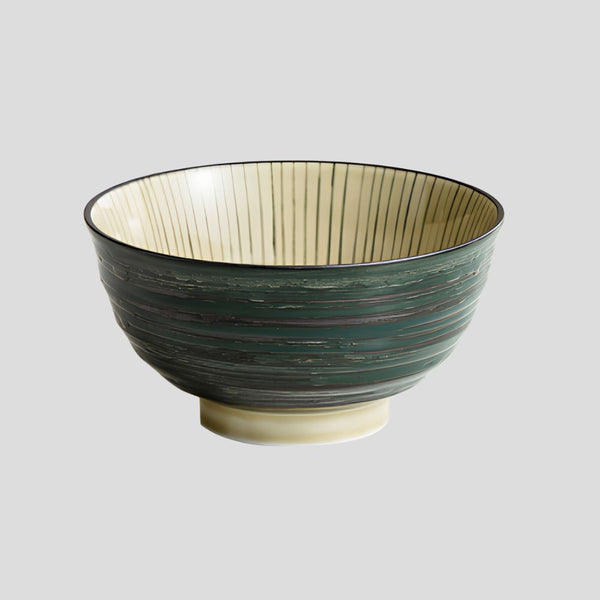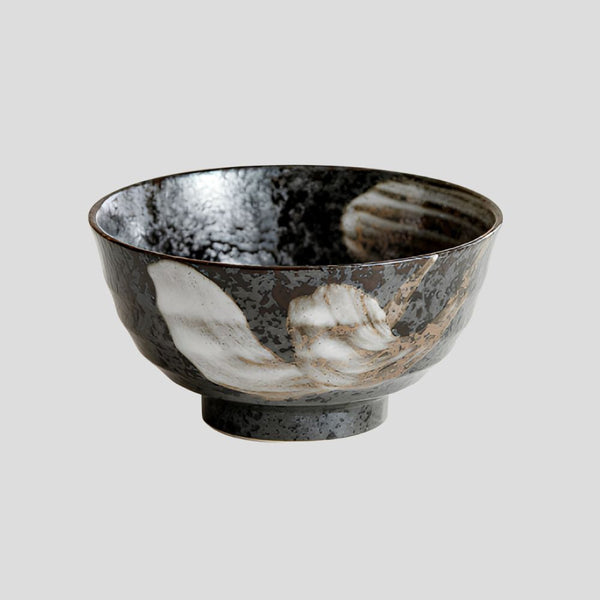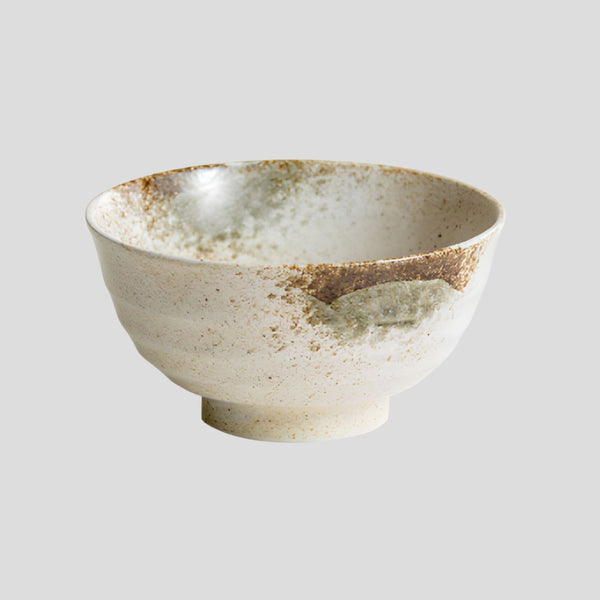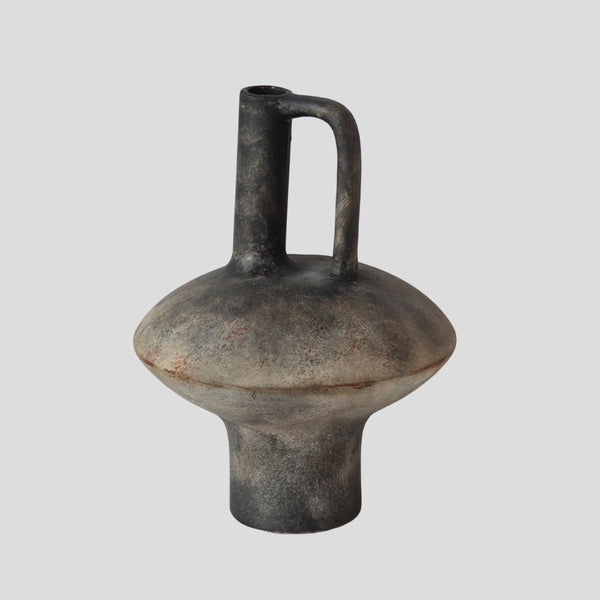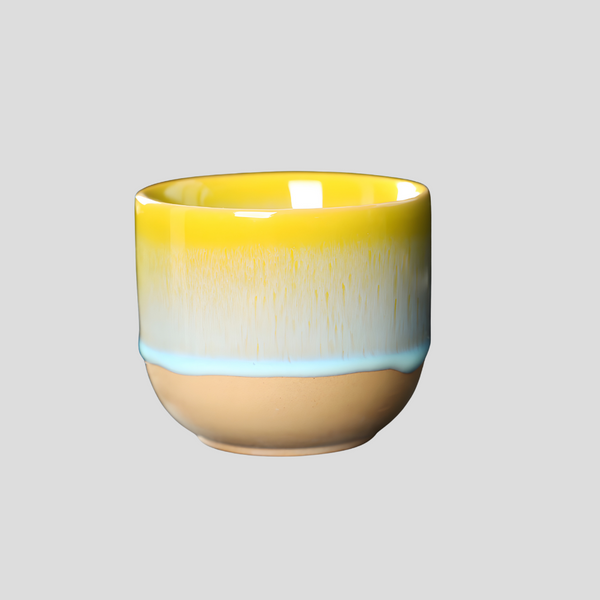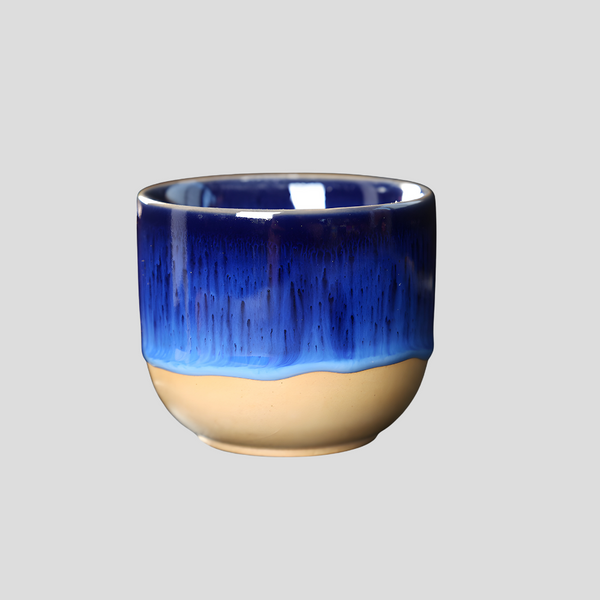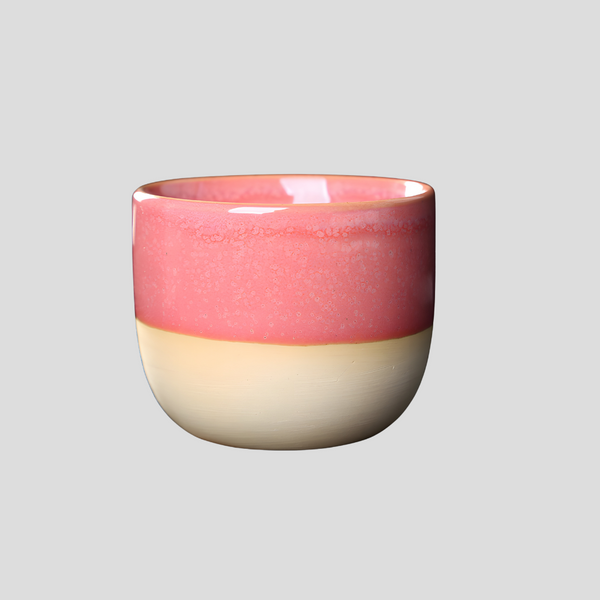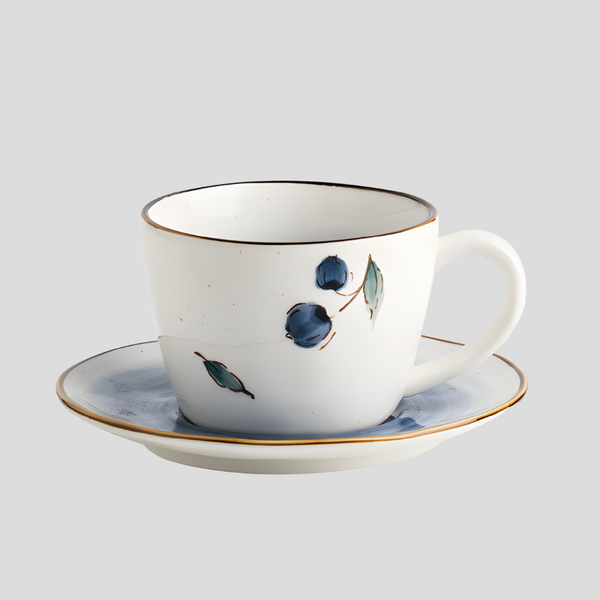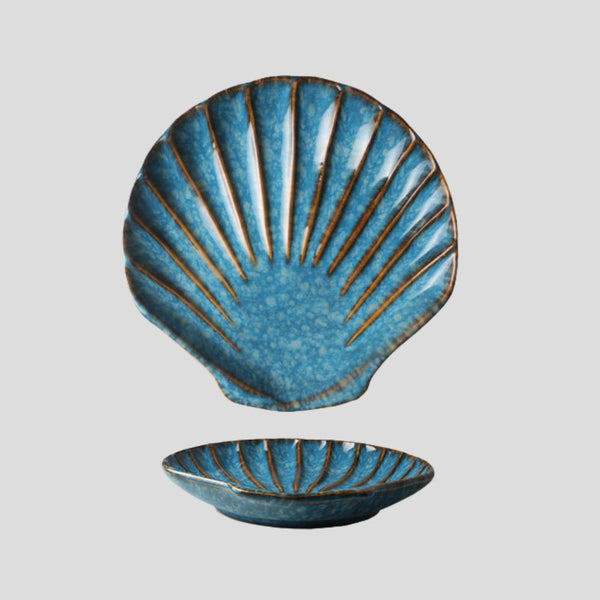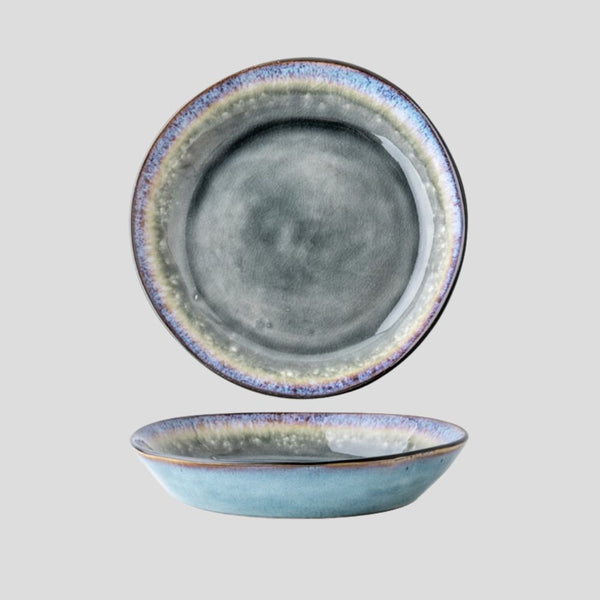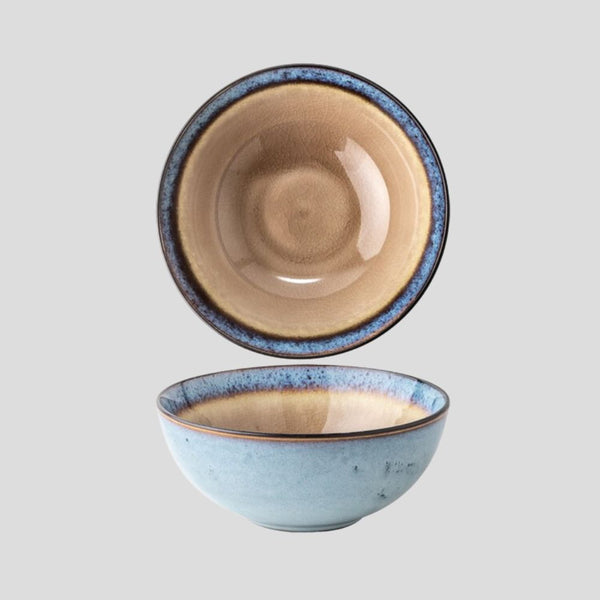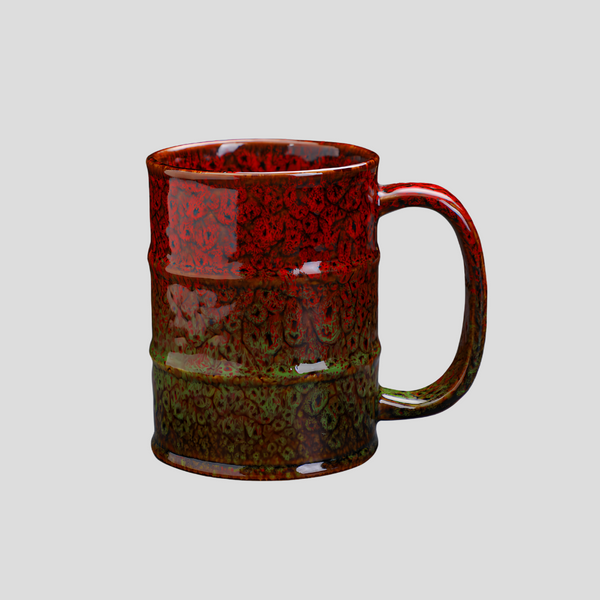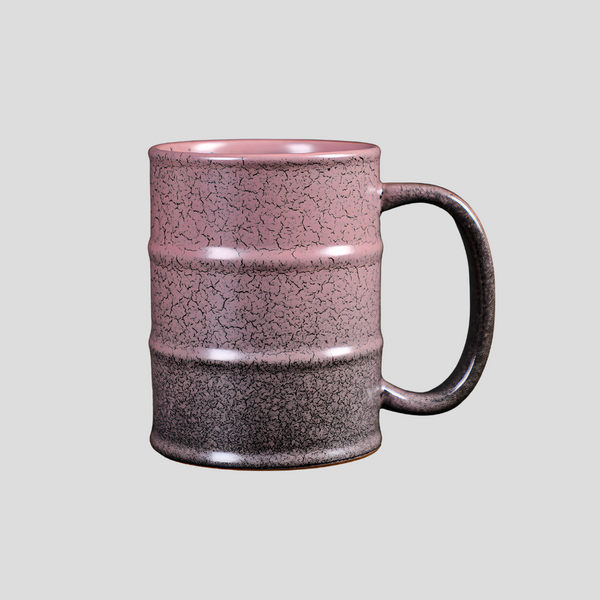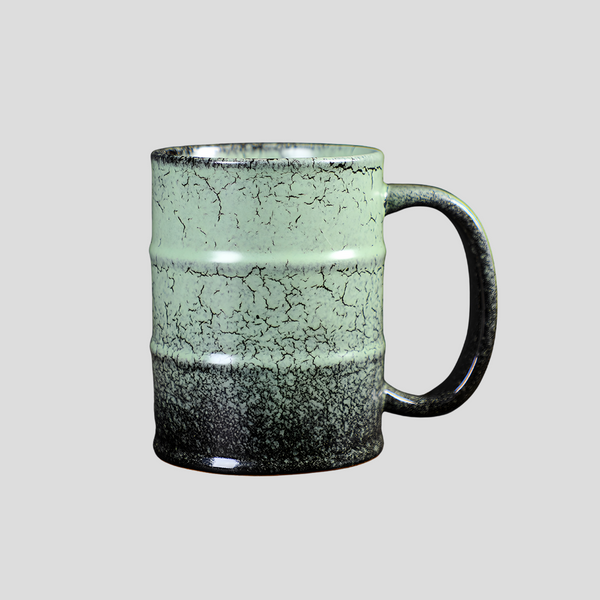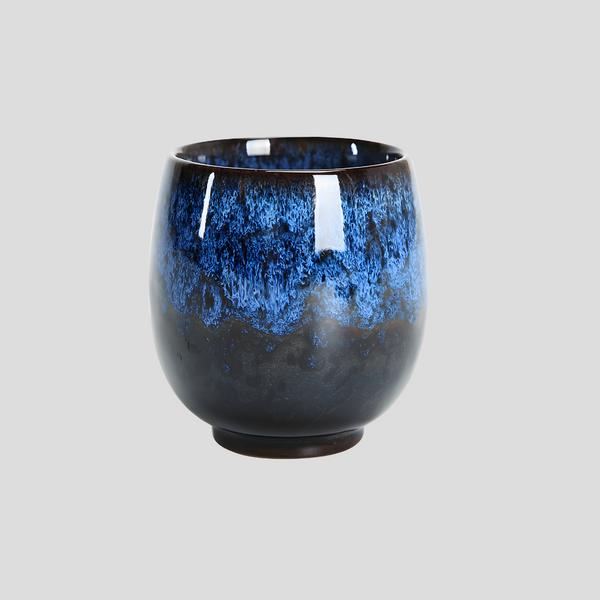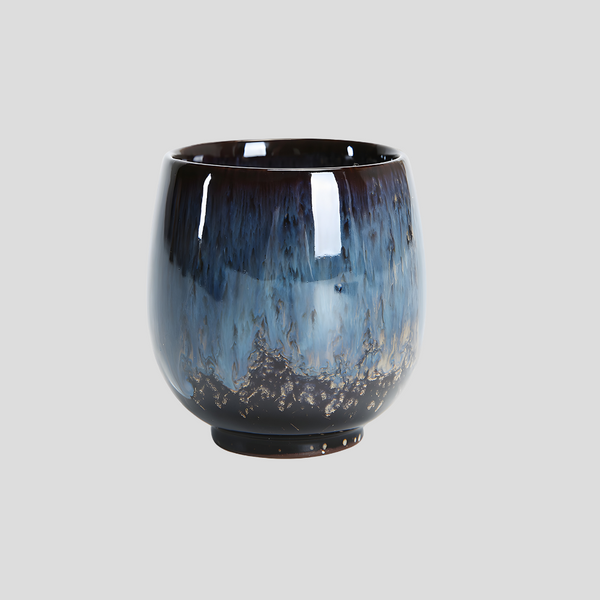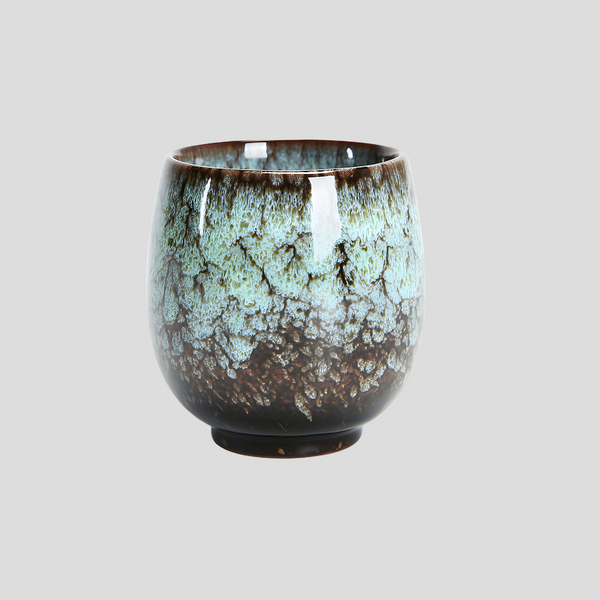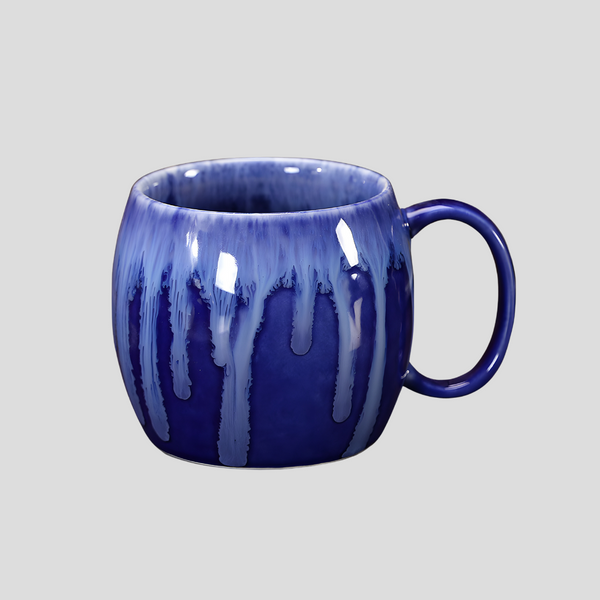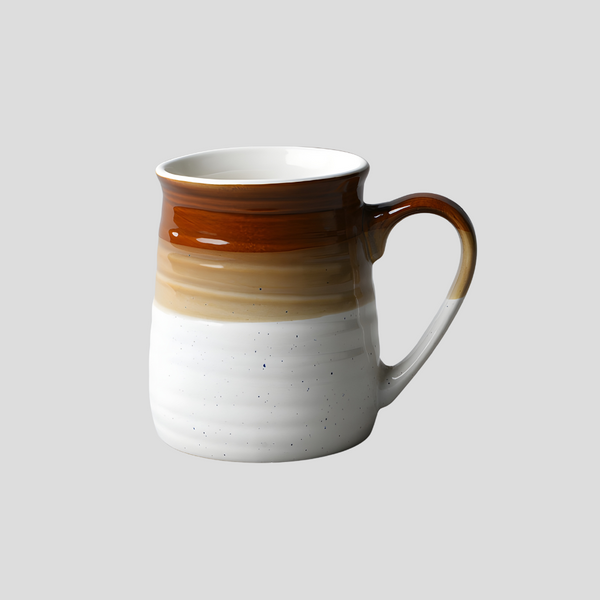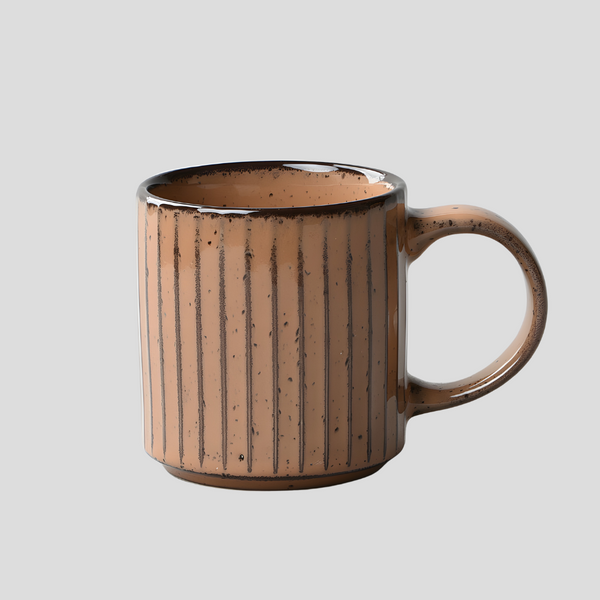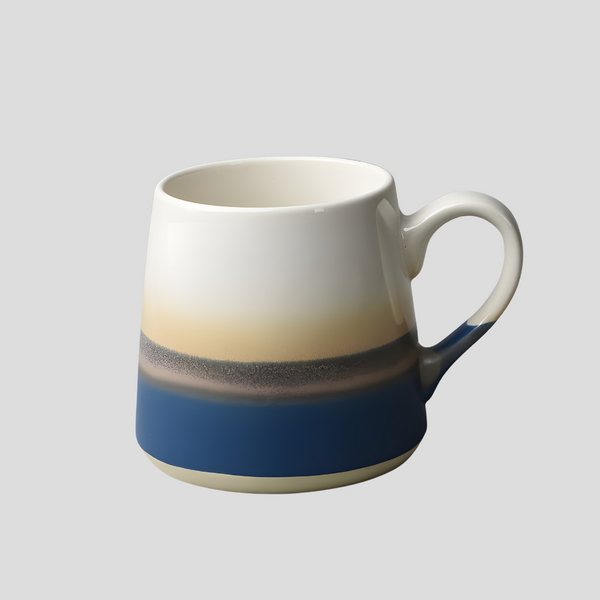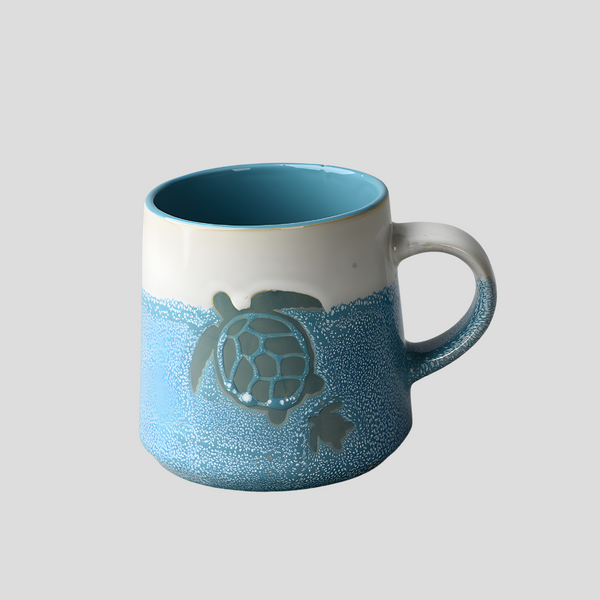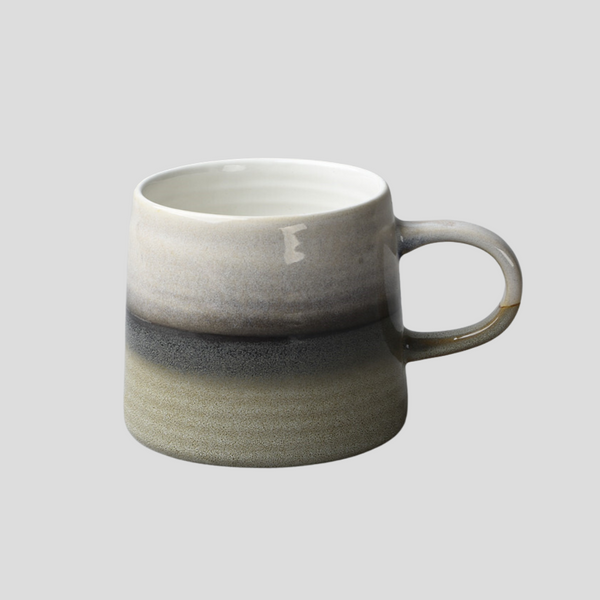
The Art of Ceramic Vases: A Creative Journey
The Timeless Beauty of Ceramic Vases
The art of creating ceramic vases is a journey that stretches back thousands of years, weaving through various civilizations and cultures. From the ancient Egyptians to the Greeks, and from the Chinese dynasties to contemporary artisans, ceramic vases have served both functional and decorative purposes. Today, they embody the fusion of form, function, and beauty, becoming central pieces in the decor of homes and institutions around the world.
Understanding the Craft
Ceramic artistry requires a blend of technical skill, creativity, and an understanding of materials. The primary material, clay, is shaped and then subjected to high temperatures in a kiln, a process that transforms it from a malleable substance into a rigid form. Glazes, with their vast palette of colors and textures, are applied to enhance and protect the ceramics, adding depth and vibrancy to the finished piece.
Techniques in Shaping and Glazing
The techniques employed in creating ceramic vases are as varied as the artisans themselves. Some prefer the wheel-throwing method, appreciating the symmetry and speed it can afford, while others opt for hand-building techniques like coiling and slab-building for their versatility and the unique qualities they impart. Glazing techniques can also drastically alter the appearance of a vase, with options ranging from sleek, single-color finishes to intricate, multi-layered designs that showcase the artist's skill and creativity.
Innovations in Ceramic Art
In recent years, technological advancements have opened new avenues for ceramic artists. Digital tools and 3D printing have begun to play a role in the design and creation process, allowing for precise replication and the exploration of forms that might be challenging to achieve by hand. Still, many artists remain dedicated to traditional techniques, valuing the direct connection between hand, material, and artifact.
The Symbolism and Significance of Ceramic Vases
Ceramic vases are more than just containers or decorative items; they often carry rich symbolism and cultural significance. In many traditions, vases have been used to mark important occasions, from commemorating victories to celebrating rites of passage. The shapes, designs, and motifs can convey stories, honor deities, or symbolize philosophical ideas, embedding deeper meanings within their aesthetic appeal.
Collecting and Appreciating Ceramic Vases
For collectors and enthusiasts, ceramic vases offer a wide field for discovery and appreciation. The diversity of styles—from the minimalist to the baroque, the traditional to the avant-garde—reflects the vast range of human creativity. Collectors often develop a keen eye for the nuances of form, glaze, and technique, valuing each piece as a unique expression of artistic vision.
Supporting Contemporary Ceramic Artists
Supporting contemporary ceramic artists is crucial for the continuation and evolution of the craft. Artisans today are pushing the boundaries of what can be achieved with clay, creating works that challenge traditional notions of what a vase should be. By purchasing directly from artists or through galleries that champion their work, enthusiasts can help sustain the vibrancy and diversity of this art form for future generations.
Conclusion
The art of ceramic vases embodies a creative journey that spans the history of human civilization. Each piece tells a story, a narrative crafted in clay and brought to life through fire. From their practical beginnings to their current status as objects of beauty and contemplation, ceramic vases continue to captivate and inspire, serving as a testament to the enduring nature of human creativity.
Click this link to check out our ceramic artwork!
